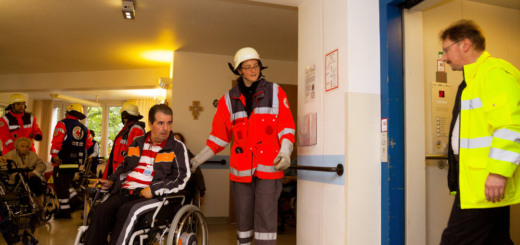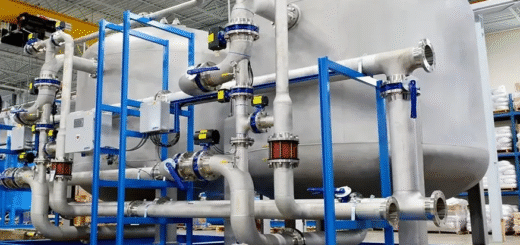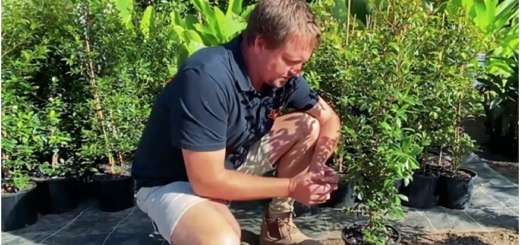Tips for Protecting Your Home from Radon

There are many ways of keeping your home safe. One of them is ensuring it is radon-free. Radon is a gas that occurs naturally and seeps into houses through holes and cracks. As a homeowner, it is vital to have radon testing and find the best mitigation strategies should there be high levels. Radon is dangerous and not easily detectable because it is colorless and odorless.
It is important to measure the level of radon gas in your home. The best way to do it is to hire a qualified professional. Although DIY radon testing is possible, it is best to be sure of accurate results and advice on the way forward by choosing to work with a professional.
Radon testing and mitigation are vital. This is because breathing in the gas puts you at a higher risk of developing lung cancer. Remember, radon is everywhere and does not have immediate symptoms. Additionally, its levels are higher during winter because doors and windows are always closed. Once you test, it is crucial to know its levels so you can take the right mitigation steps. The following are ways to protect your home from radon gas.
Don’t DIY Radon Mitigation
Although DIY test kits are available, it is advisable not to try mitigation yourself. This is because you could create further problems or inflate the cost. Save yourself from the hassle by hiring specialists. Remember, radon mitigation needs special tools and expertise. Professionals will install the best system based on Calgary radon levels. Therefore, keep your home safe by hiring experts to deal with the radon problem.
Proper Ventilation
However, it helps air flow freely in and out of the house. It will improve air flow and allow radon to disperse outside the home.
Let the fan mode run to allow proper circulation. That way, the dangerous gas does not harbor in the house.
Seal Cracks and Holes in the House
Another way to be safe from radon is by sealing cracks and holes in the foundation. Radon gas seeps from beneath the concrete. It migrates to areas with low air pressure. Therefore, by covering every crack or hole, you increase your system’s efficiency. Furthermore, you reduce radon levels, leaving a safe gap.
Perform a Test Every Two Years
It is advisable to perform radon testing every two years. During home maintenance, consider calling professionals for radon testing. Long-term radon testing helps you determine level changes based on temperature fluctuations and other environmental aspects.
Even if you have a radon mitigation system, it is advisable to reset it after every two years. It ensures continuous effectiveness and helps detect issues early. Furthermore, continuous radon testing gives you peace of mind, helping you enjoy staying at home.
Final Words
If you have a radon issue, it is paramount that you take the necessary steps. You need to ensure home safety by keeping it radon-free. So, take the above steps and ensure you work with professionals in radon mitigation.














